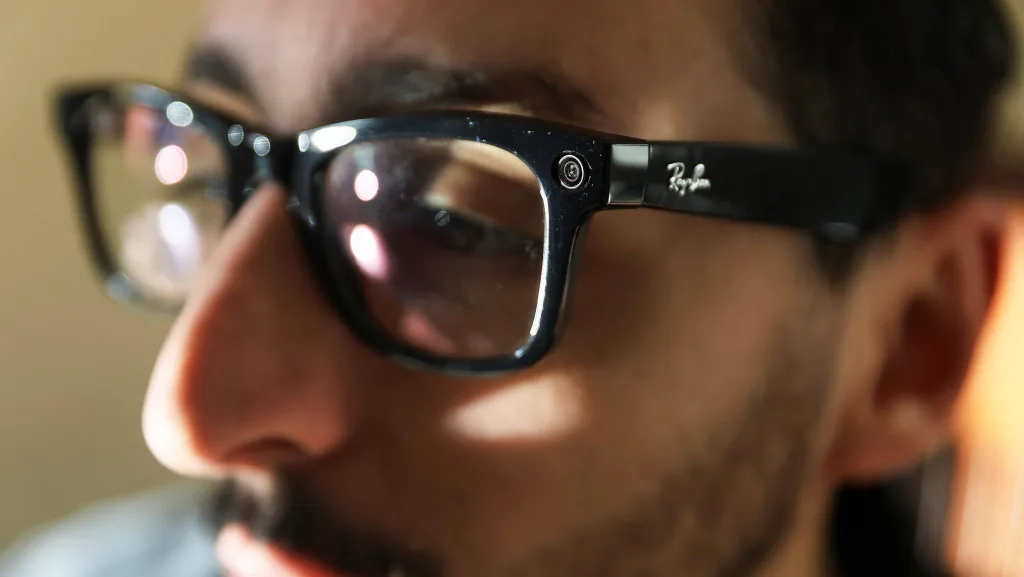
Beach goers applying sunscreen to keep themselves safe from any damaging UV rays © THOMAS BENDER/HERALD-TRIBUNE / USA TODAY NETWORK Sar P1offshore Races 04
(New York, NY) – New York Governor Kathy Hochul announced on Thursday that she has been diagnosed with a form of skin cancer, known as basal cell carcinoma. Here is everything to know about the most common form of skin cancer:
What is basal cell carcinoma?
The cancer begins in a specific skin cell, known as basal cells. They are one of three kinds found in the top layer of the skin known as the epidermis. Basal cells are responsible for creating new skin cells at the bottom of the epidermis as the old cells at the surface shed. The carcinoma in the basal cells is typically caused by radiation, the most common form coming through UVA and UVB rays from the sun. The rays can damage the DNA of skin cells causing uncontrolled growth, or cancer.
What are the risk factors?
According to The Skin Cancer Foundation, over 3 million Americans get a diagnosis for basal cell carcinoma every year. Some of the main risk factors include overexposure to UV rays, the use of indoor tanning beds and a family history of skin cancer. Some other contributing factors include older age and fairer skin.
How can you spot it?
Skin cancer can manifest in several forms, and it can be easy to mistake cancer for acne or another harmless wound. Some signs of basal cell carcinoma can be a scaly spot on the skin, a bump with a waxy appearance, skin tags, or a small growth with a wound in the middle. Scientists say that if patients notice anything wrong, they should contact their primary care provider or dermatologist.
How do you treat it?
Luckily, doctors say it is a slow-growing cancer that does not usually metastasize, or spread to other parts of the body allowing ample time for treatment. The five year survival rate is an astonishing 100%. If a provider sees a concerning growth, they will remove a part of the growth and send it to the lab for further testing. From there, they determine if surgical removal of the growth is necessary.
To prevent basal cell carcinoma, experts say you should wear at least SPF 30 every day, wear protective clothing, avoid tanning beds and get annual skin checks.













